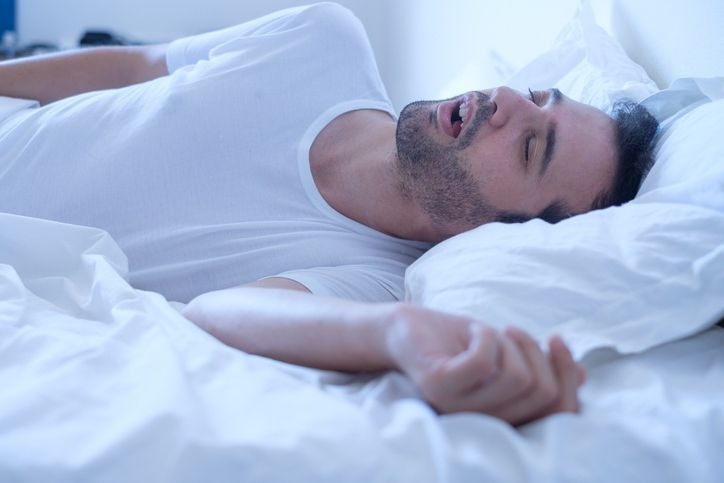Does breathing through the mouth distort the face?
Caution : You must consult your doctor for your health. This page presents only a personal and alternative point of view which should not be considered as an attempt to prescribe medicine.
Respiration is a physiological phenomenon that takes place through the nostrils.
However, for a variety of reasons, you may have to breathe through your mouth.
This type of breathing is harmful to health, because it causes a set of complications, including sleep disorders, infections, sleep apnea.

But one of the important consequences of mouth breathing that many people fear is the deformation of the face.
Children (more exposed) and adults are susceptible to this defect.
It is therefore necessary to know the causes, consequences, symptoms of mouth breathing.
Causes of mouth breathing
During breathing, the air that enters the nostrils undergoes humidification and warming before reaching the lungs.
Also, it goes through a filtering system that prevents particles from entering the respiratory tract.
Breathing through the mouth prevents air from going through all of the above processes before it ends up in the lungs.
The root cause of mouth breathing is nasal obstruction.
This barrier can be caused by certain pathologies such as sleep apnea, sinusitis, etc.
It can also be a pollen allergy that occurs at one season of the year.
Also, stress or taking certain medications can be the basis of serious respiratory problems.
Consequences of mouth breathing
There are mainly 2 forms of respiratory disorders causing mouth breathing.
If the oral breathing is caused by a transient disorder, it really doesn't have to be (mild disorder).
On the other hand, if the cause persists over time, you must find a solution as soon as possible (chronic disorder).
The consequences of mouth breathing affect both physiology and physiognomy.
Here are some consequences of this dysfunction, if it is not quickly taken care of.
Face deformation
Mouth breathing greatly affects the face when it is not treated quickly.
This leads to pathological development of the face, jaws and nostrils.
In fact, during oral breathing, the individual's tongue detaches from his palate and is positioned on the floor of the mouth.
This positioning creates a vacuum between the maxilla (upper jaw) and the palate.
This causes an abnormality in the shape of the organs of the mouth.
The problem is accentuated depending on the case and creates an incompatibility between the top dentition and the bottom one (no longer closes.).
This leads to a warped chin.
Infection of the ENT sphere
Oral breathing causes dry mouth due to the frequent presence of air.
This prevents saliva from playing its protective role against oral infections.
Indeed, there are several bacteria in the mouth which fail to develop in the presence of saliva.
When it is dry, these bacteria proliferate, leading to tooth decay, for example.
Likewise, the air reaching the lungs through the mouth is neither filtered, humidified nor heated.
It then follows diseases such as ear infections, colds, sore throats, coughs.
Sleep and behavior disorder
Mouth breathing is observed more and more in the youngest.
They do not manage to have a restful sleep, because they cannot enter a deep sleep.
As a result, they suffer from anxiety and find it difficult to concentrate.
Growth defect of the nose and jaws
When a person breathes most often through their mouths, their nose is less strained.
This causes atrophy of the muscles of the nostrils, which orient upwards.
In addition, certain signs make it possible to identify the disease, in order to consider a treatment as soon as possible.
These are dark circles, fatigue, snoring, dental displacement, etc.
Some solutions to avoid mouth breathing
When you have a respiratory disorder that becomes chronic, please see an ENT doctor.
Depending on the cause, he will apply the appropriate treatment.
However, the best way to treat this condition is prevention.
It comes down to detecting evil early enough (in children) and correcting it.
Moreover, when the deformation of the face and jaws has already occurred, orthodontics can remedy it.
Using devices, the specialist stimulates the development of the palate in order to restore order.
But the ultimate solution will obviously be to monitor 24 hours a day to maintain 100% nasal breathing!
❤ The ultimate guide to breathing
Intermittent Breathing : Discover the method to quickly relieve your anxiety and chronic fatigue (positive effects from the first use).Read also :
Previous article : Difficulty breathing after eating: what to do?
Next article : The Conscious Intermittent Breathing Technique explained

